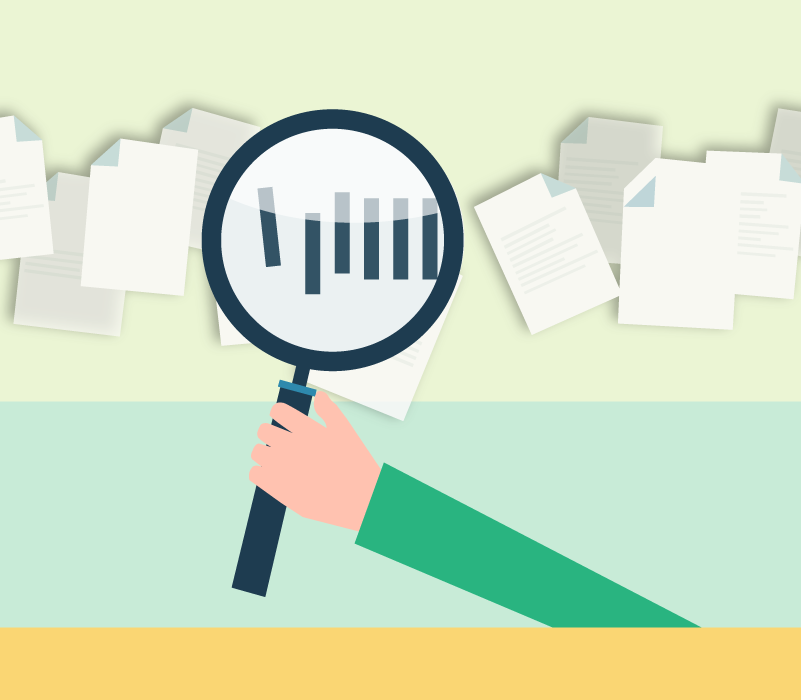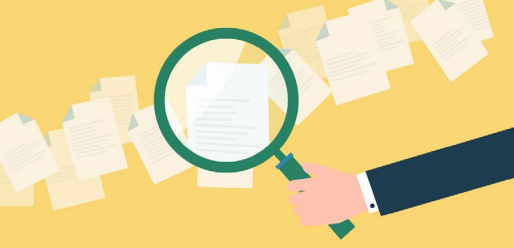-
Staff-facing services
Staff-facing services provide information or support transactions to government employees.
They may include:
- intranets
- learning management systems
- records management systems
- case/client management systems
- decision-making systems
Off -
-
-
The 5-phase process will help you identify, develop, test and implement solutions in a systematic manner, while meeting stakeholder needs and organisational goals.
It’s important to consider the effort required in each phase of policy planning.
-
The Australian National University Tech Policy Design Centre has developed 8 foundational principles for the design and implementation of strong tech policy.
These principles align with the toolkit and are key to delivering good solutions. It’s a good idea to understand these foundational principles prior to starting the 5-phase process.
-
The 5-phase policy development process is a structured, evidence-based approach designed to create effective, well-informed solutions.
-
Digital experience
Digital experiences are the interactions and engagements a user has with a digital service, including its useability and design and the users’ overall satisfaction
Off
Connect with the digital community
Share, build or learn digital experience and skills with training and events, and collaborate with peers across government.






